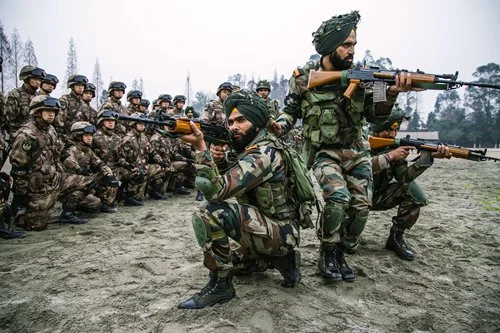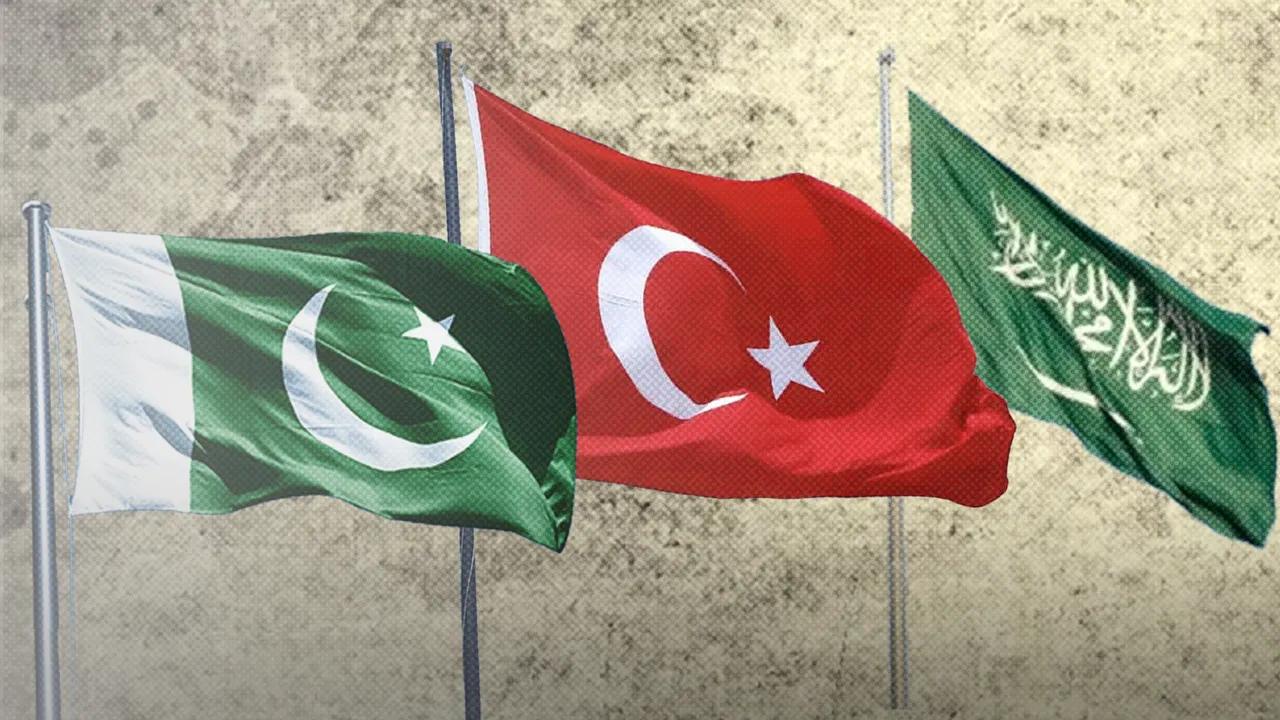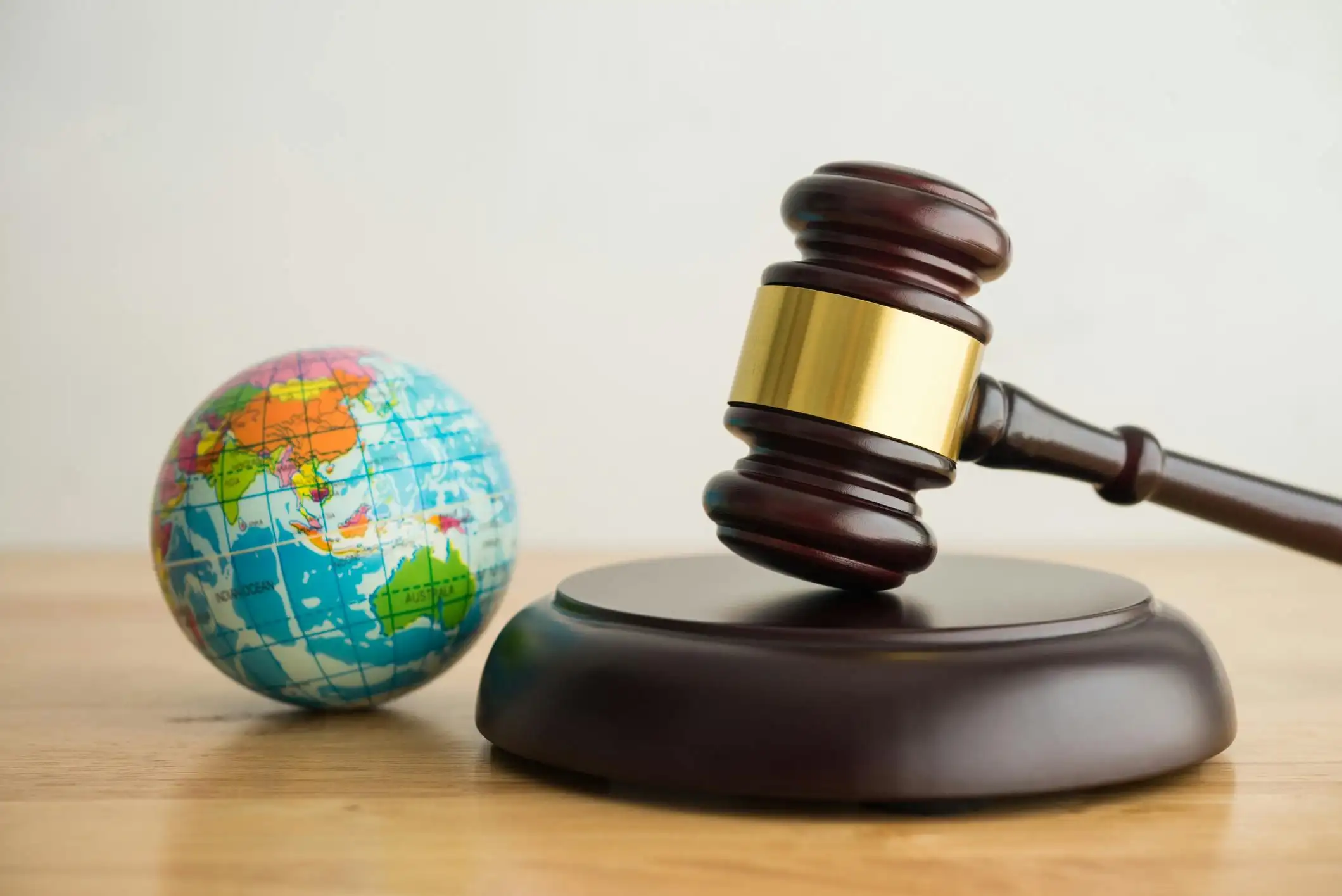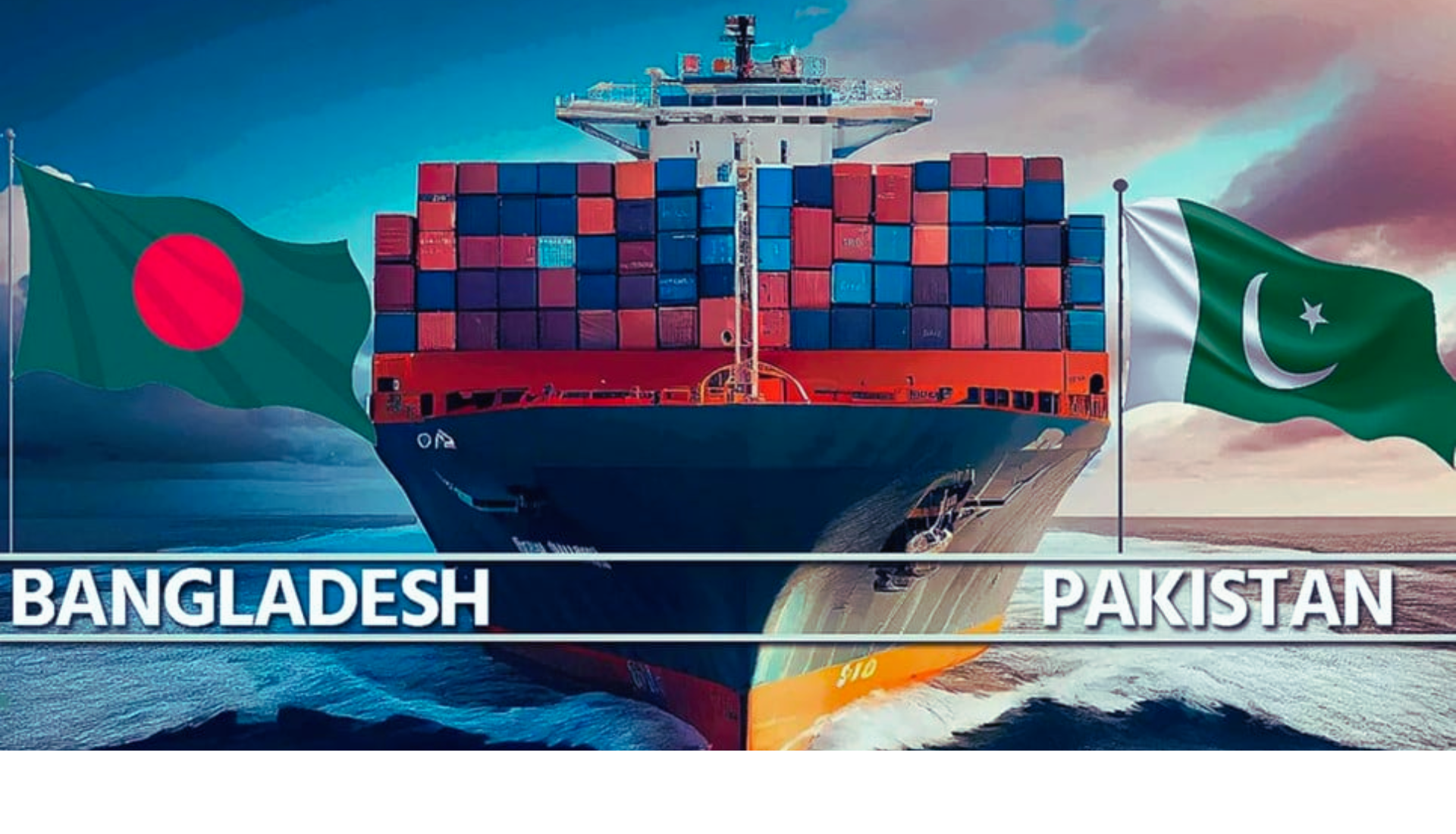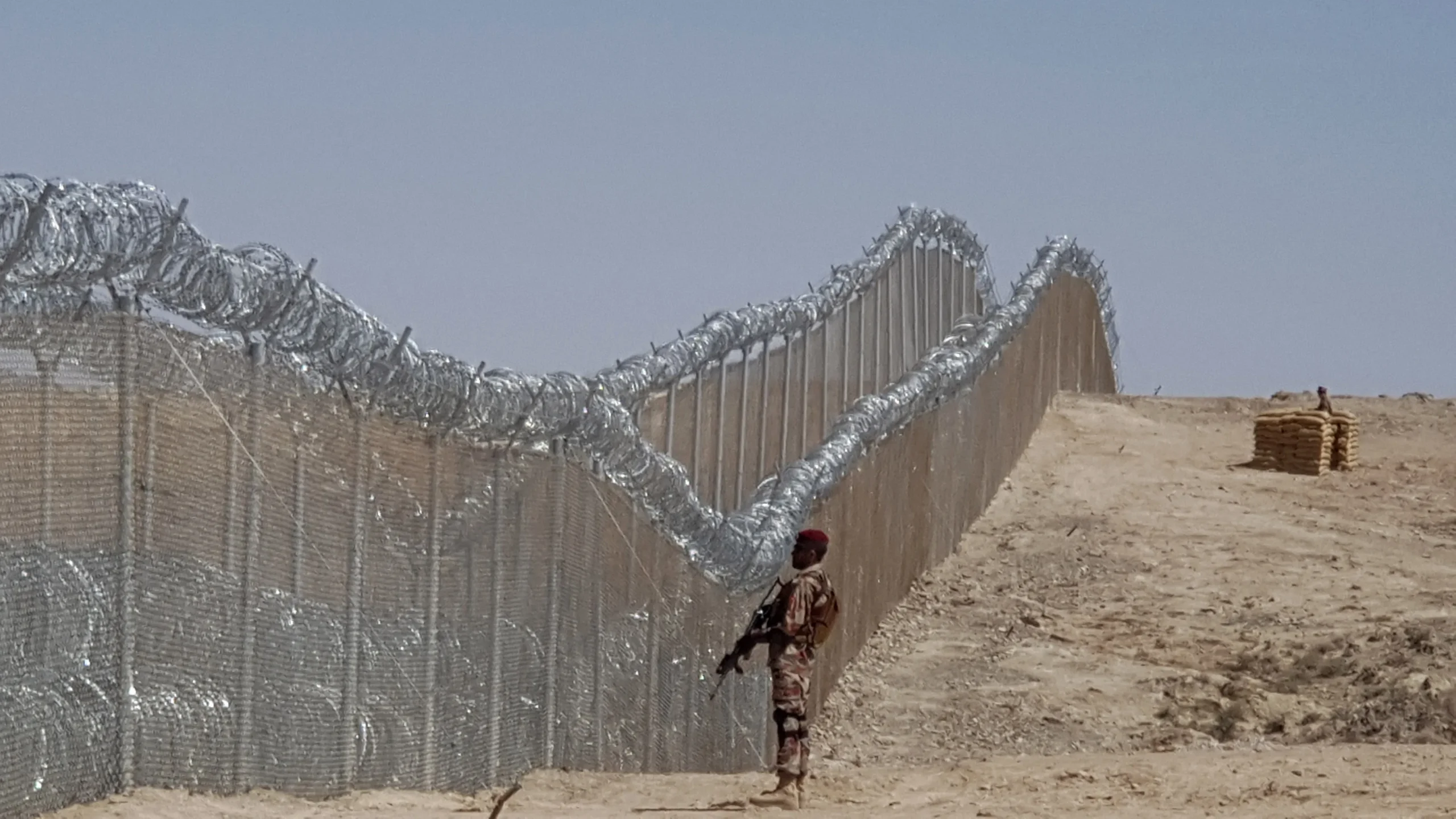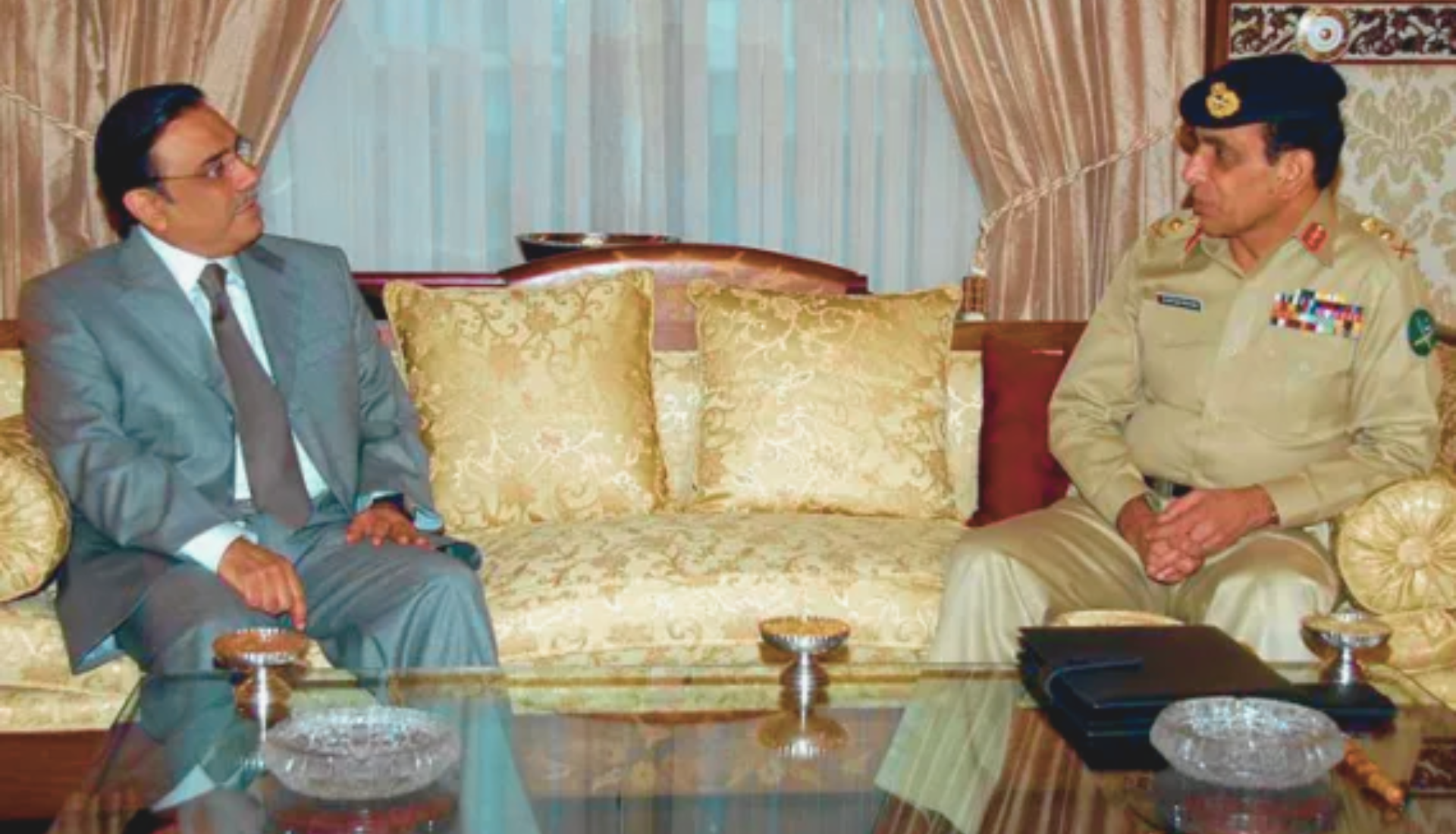Citing that India has experienced various forms of terrorism and its financing over more than three decades and is thus aware of the suffering and anguish faced by other nations that have been similarly affected, the country hosted the Third Ministerial “No Money for Terror” (NMFT) conference in New Delhi on November 18–19, 2022. Organized by the Ministry of Home Affairs, the conference came after two other significant gatherings that India had recently hosted: the 90th INTERPOL (International Criminal Police Organization) General Assembly in New Delhi from October 18–21 and the special meeting of the UN Security Council’s Counter-Terrorism Committee (CTC) in Mumbai and New Delhi on October 28–29. While these meetings have purportedly offered India the opportunity to highlight its stated concerns in combating cross-border terrorism and simultaneously demonstrate New Delhi’s growing international engagement on counterterrorism issues, they have oddly coincided with the Taliban’s return to power in Afghanistan, Pakistan’s removal from the Financial Action Task Force (FATF) grey list, and the expanding footprint of terrorist violence in cyberspace.
Counterterrorism, and the Era of Darknet
Outwardly, there is little reason to doubt that law enforcement and intelligence agencies worldwide today face a tremendous challenge due to the increasingly indeterminate nature of the terrorist threat as organized terrorist groups recede into the background.
Radicalized individuals, often dubbed “lone wolves” or “freelance” terrorists, who have no official affiliation with or explicit link to well-established terrorist organizations are currently carrying out terrorist acts of targeted violence. Exacerbating the menace is their use of social media and the internet to propagate their ideology and partake in extremist activities by doing so. Moreover, terrorists and suspected terrorists have increased their usage of The Onion Router (TOR)-enabled darknet for recruiting and propagation on encrypted chat forums and other platforms out of sight of security services. Free and open-source software called TOR makes it possible to communicate anonymously. To hide a user’s location and usage from anyone conducting network surveillance or traffic analysis, it routes Internet traffic through a free, global, volunteer overlay network made up of more than 7,000 relays. Therefore, it is more challenging to track a user’s online behavior while they are using TOR. In addition, other developing and emergent technologies, such as autonomous systems, 3D printing, and deep fake, may now present the possibilities of weaponization for terrorists. Given its diplomatically empathetic rhetoric, it would have been difficult to conceive that significant fora to discuss a global imminent concern such as terrorism would give way to subliminal political messaging, but it appears to be the case for India.
India: Leading the Way?
Key findings in the most recent Global Terrorism Index (GTI) report must be taken into consideration that reveal a shift in the dynamics of terrorism, with it now being concentrated more in areas and nations experiencing political unrest and conflict, such as Afghanistan, and the number of terrorist-related deaths in Pakistan—one of the top ten countries affected by terrorism—has increased significantly to 275 in 2021, up 5% from 263 in 2020.
Against this backdrop, the remarks by the Indian leadership came across as rather self-centered as well as politically motivated for multilateral counterterrorism conventions.
While addressing the third NMFT Ministerial Conference on Counter-Terrorism Financing, the Indian premier, Modi, requested that there be no room for ambiguity in the fight against terrorism, while also issuing a warning against countries that employ terrorism as a foreign policy instrument. Taking the opportunity to highlight the significance of the conference being held in India, he recalled a time when the country first witnessed terror before the rest of the world took it seriously. The Prime Minister claimed that terrorism had attempted to harm India for decades under many guises and continued by saying that India bravely resisted terrorism despite losing thousands of priceless lives in the process.
For years, India has implicated Pakistani authorities in supporting and harboring terrorist organizations that have carried out cross-border attacks, including Lashkar-e-Taiba (LeT) and Jaish-e-Mohammed (JeM). On the other hand, an additional complication in the already strained relations between New Delhi and Beijing is China’s obstruction of combined India-United States efforts to sanction terrorists, allegedly operating out of Pakistan, at the United Nations Security Council. Following this line of reasoning, S. Jaishankar, the Minister of External Affairs, without mentioning Pakistan or China specifically, criticized zed nations that use terrorism as a “tool of statecraft” or fail to “rise above political divides” in order to combat the threat posed by terrorism. Mentioning the 2008 Mumbai attacks, he emphasized that those who conduct, organize, and finance terrorist operations continue to be at large, have assistance from the government, and are often treated with “hospitality.”
Behind the Curtains
It is also noteworthy that India publicly lamented juridical limitations as an obstacle to the response by the country’s authorities which “must stop at the geographic borders” since that is where their jurisdiction ends, despite cross-border support and elements, such as the recruitment of fighters, the acquisition of weapons, and the transfer of funds used in terrorist attacks alleged by India.
While no specific ungoverned areas were mentioned, India has frequently expressed concerns about the use of Afghan territory by organizations such as the LeT, JeM, and Islamic State-Khorasan Province, particularly since the Taliban’s takeover of Kabul last year.
Contrary to jibes taken at other nations in addition to what it espoused in the Delhi Declaration, which affirmed India’s position that terrorism should not be linked to any particular religion, nation, civilization, or ethnic group and expressed its deep concern that terrorism, in all of its forms and manifestations, has spread throughout the world, especially due to terrorists’ adaptation to and use of new and emerging technologies for terrorist purposes, India’s own contribution to such activities glaringly questionable. According to the Network Contagion Research Institute at Rutgers University, during the riots in Leicester in late August and early September of this year, an estimated 500 fake accounts that encouraged violence and promoted memes, as well as incendiary videos, were created on Twitter. Researchers also discovered evidence of bot-like accounts that spread hate speech against Muslims and Hindus, each accusing the other of being responsible for the violence. According to the findings, the timing of account creation and the number of repeated tweets—some of which were sent 500 times per minute—were used to identify the bots. They also highlighted a particularly provocative meme with the hashtag #HindusUnderAttackInUK that was finally prohibited by Twitter. The cartoon allegedly said that various elements of Islam were “combining to destroy India” and illustrated the Muslims as insects.
However convenient it may be for India to assume the higher ethical ground in international conventions on counterterrorism and portray itself as the sole paragon of virtue pitted against enemies of peace, it needs to go no further than examining its own impeachable offenses, which include—but are not limited to—creating and aiding the likes of Mukti Bahini and the Liberation Tigers of Eelam (LTTE) and persisting in its endeavors at present to destabilize Pakistan with its proven support for terrorist groups such as Tehrik-i-Taliban Pakistan (TTP) and the Balochistan Liberation Army BLA.

